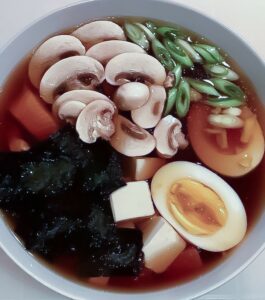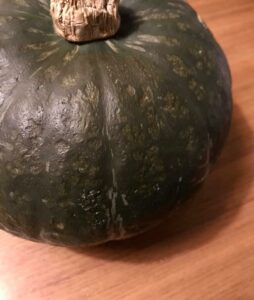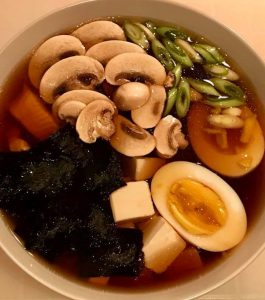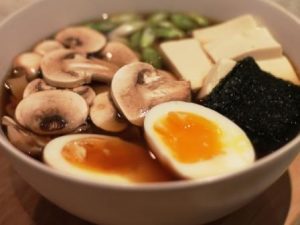
Restaurants in Japan also serve fried noodles.
In Japan, noodles are not just noodles. There are 7 different types of noodles in the classic Japanese cuisine. The 7 different noodles contain either wheat, buckwheat or rice. Some noodles are eaten all year round and others at certain times such as in the summer.
The Japanese are the population that eats the most noodles. In Japan, Ramen noodles are the most in demand of them all.
In Denmark, ramen is also the most in-demand type of noodle, which is most often used in noodle soups.
In Japan, ramen noodles are used in many different types of Japanese dishes. It ranges from noodle soups to stews or fried noodles.
In the Traditional Japanese food course for beginners, you learn step by step how to make tasty fried seafood noodle dish.
_
Zoë has lectured and held sushi courses for A. P. Moller – Maersk, Hugo Boss Nordic, Novo Nordisk, Novartis, Velux, Gorrissen Federspiel, Beierholm revision, Elbek & Vejrup and many more.






